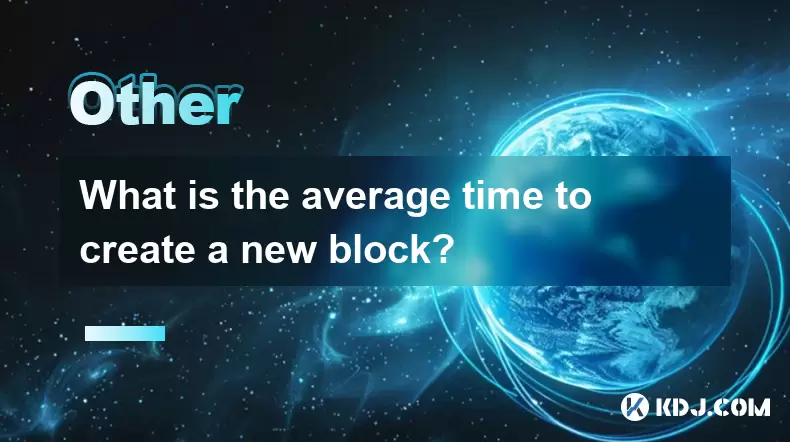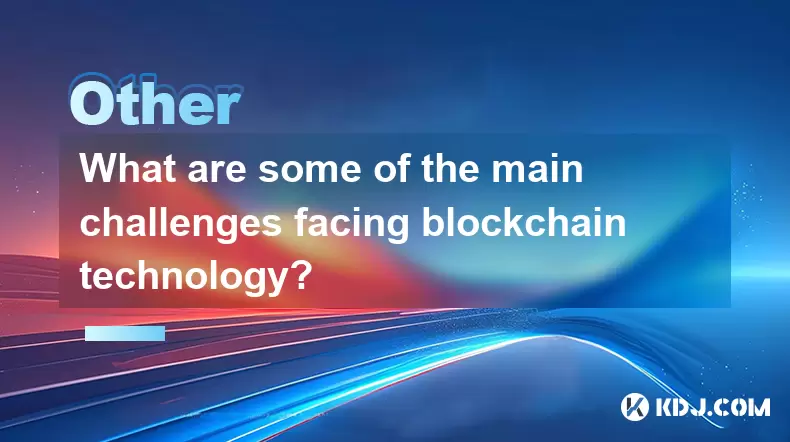-
 Bitcoin
Bitcoin $117300
1.99% -
 Ethereum
Ethereum $3884
5.89% -
 XRP
XRP $3.268
9.33% -
 Tether USDt
Tether USDt $1.000
0.02% -
 BNB
BNB $783.0
1.78% -
 Solana
Solana $173.6
3.51% -
 USDC
USDC $0.9999
0.00% -
 Dogecoin
Dogecoin $0.2193
7.00% -
 TRON
TRON $0.3380
0.30% -
 Cardano
Cardano $0.7769
5.08% -
 Stellar
Stellar $0.4350
9.36% -
 Hyperliquid
Hyperliquid $40.23
5.78% -
 Sui
Sui $3.739
6.95% -
 Chainlink
Chainlink $18.30
9.46% -
 Bitcoin Cash
Bitcoin Cash $581.7
2.11% -
 Hedera
Hedera $0.2577
5.51% -
 Ethena USDe
Ethena USDe $1.001
0.00% -
 Avalanche
Avalanche $23.08
4.23% -
 Litecoin
Litecoin $121.7
2.24% -
 UNUS SED LEO
UNUS SED LEO $8.962
-0.34% -
 Toncoin
Toncoin $3.332
1.36% -
 Shiba Inu
Shiba Inu $0.00001273
3.39% -
 Uniswap
Uniswap $10.35
6.84% -
 Polkadot
Polkadot $3.818
4.01% -
 Dai
Dai $1.000
0.01% -
 Bitget Token
Bitget Token $4.446
2.13% -
 Cronos
Cronos $0.1491
4.96% -
 Monero
Monero $255.4
-9.78% -
 Pepe
Pepe $0.00001099
4.80% -
 Aave
Aave $284.0
8.01%
how to query blockchain data
To query blockchain data efficiently, it is essential to choose an appropriate network, select a suitable query tool, identify data sources, craft precise query statements, execute the query, analyze the results, and consider parallelization for large queries.
Oct 14, 2024 at 07:48 am

How to Query Blockchain Data
Blockchain technology has gained significant popularity in recent years, offering a secure and decentralized way to store and manage data. As a result, the demand for querying and analyzing blockchain data is steadily increasing. This article provides a comprehensive guide on how to query blockchain data efficiently.
1. Choose a Blockchain Network
Before querying blockchain data, it is essential to select the appropriate blockchain network. Different blockchain networks, such as Bitcoin, Ethereum, and Hyperledger Fabric, have different data structures and query capabilities. Choose the network that aligns with your specific requirements and data needs.
2. Select a Query Tool
There are various tools available to query blockchain data, each with its own strengths and weaknesses. Here are some popular options:
- Blockchain Explorers: Online platforms that allow users to search for and view blockchain data in a user-friendly interface. Examples include Blockchain.com for Bitcoin and Etherscan for Ethereum.
- RPC Interfaces: Command-line interfaces or API calls provided by blockchain nodes that allow direct programmatic interaction with the blockchain. Examples include
bitcoin-corefor Bitcoin andweb3.jsfor Ethereum. - Third-Party Services: Paid or open-source services that provide specialized tools and APIs for querying and analyzing blockchain data. Examples include Chainalysis, Glassnode, and Covalent.
3. Identify Data Sources
Once you have selected a query tool, determine the type of data you want to retrieve. Common data sources on blockchain networks include:
- Transactions: Records of value transfers or interactions on the blockchain.
- Blocks: Groups of transactions that have been validated and added to the blockchain.
- Contracts: Smart contracts deployed on the blockchain that define specific rules or logic.
- Accounts or Addresses: Identifiers for participants on the blockchain that hold balances or interact with contracts.
4. Craft Query Statements
Depending on the query tool you choose, you will need to formulate query statements that specify the data you want to retrieve. Query syntax varies across blockchain networks and tools. Refer to the documentation of your chosen tool for guidance.
5. Execute the Query
Once you have crafted your query statement, execute it using the appropriate query tool. This will retrieve the requested data from the blockchain network.
6. Analyze the Results
After executing the query, analyze the results to extract meaningful insights. Data visualization tools can assist in understanding complex data patterns and relationships.
7. Considerations for Large Queries
When querying large amounts of data, parallelization techniques can improve performance. Consider using multiple nodes or query tools to process the data in parallel.
Conclusion
Querying blockchain data is a crucial task for leveraging the insights hidden within the blockchain. By following the steps outlined in this guide, you can effectively retrieve and analyze blockchain data, gaining valuable information for various applications.
Disclaimer:info@kdj.com
The information provided is not trading advice. kdj.com does not assume any responsibility for any investments made based on the information provided in this article. Cryptocurrencies are highly volatile and it is highly recommended that you invest with caution after thorough research!
If you believe that the content used on this website infringes your copyright, please contact us immediately (info@kdj.com) and we will delete it promptly.
- Cold Wallet Crypto in 2025: The Future is Now, Ya'll
- 2025-08-08 05:10:13
- MAGACOIN, SOL, and ADA: A Tale of Shifting Tides in Crypto
- 2025-08-08 05:10:13
- SHIB Price, PEPE, and the Memecoin Supercycle: Who Will Reign Supreme?
- 2025-08-08 05:50:12
- Pudgy Penguins Price Prediction: Google Trends & Breakout Signals
- 2025-08-08 05:50:12
- UAE Crypto Regulation: SCA and VARA Unite to Streamline the Future of Digital Assets
- 2025-08-08 05:55:48
- MAGACOIN Finance: The Presale Phenomenon Rocking the Crypto World
- 2025-08-08 05:55:48
Related knowledge

What is the purpose of a nonce in mining?
Aug 04,2025 at 05:56pm
Understanding the Role of a Nonce in Cryptocurrency MiningIn the world of cryptocurrency mining, the term nonce stands for 'number used only once.' Th...

Can data on a blockchain be deleted?
Aug 05,2025 at 04:00am
Understanding Blockchain ImmutabilityThe core principle behind most blockchain systems is immutability, which means that once data is recorded onto th...

What is the difference between on-chain and off-chain transactions?
Aug 02,2025 at 04:22pm
Understanding On-Chain TransactionsOn-chain transactions refer to digital asset transfers that are recorded directly on a blockchain ledger. These tra...

What is the average time to create a new block?
Aug 06,2025 at 09:21pm
Understanding Block Creation in Blockchain NetworksThe average time to create a new block varies significantly depending on the specific blockchain pr...

How are blocks linked together?
Aug 04,2025 at 06:56am
Understanding the Structure of a BlockchainA blockchain is a decentralized digital ledger composed of a sequence of blocks, each containing a list of ...

What are some of the main challenges facing blockchain technology?
Aug 07,2025 at 02:58am
Scalability Constraints in Blockchain NetworksOne of the most persistent challenges in blockchain technology is scalability. As blockchain networks gr...

What is the purpose of a nonce in mining?
Aug 04,2025 at 05:56pm
Understanding the Role of a Nonce in Cryptocurrency MiningIn the world of cryptocurrency mining, the term nonce stands for 'number used only once.' Th...

Can data on a blockchain be deleted?
Aug 05,2025 at 04:00am
Understanding Blockchain ImmutabilityThe core principle behind most blockchain systems is immutability, which means that once data is recorded onto th...

What is the difference between on-chain and off-chain transactions?
Aug 02,2025 at 04:22pm
Understanding On-Chain TransactionsOn-chain transactions refer to digital asset transfers that are recorded directly on a blockchain ledger. These tra...

What is the average time to create a new block?
Aug 06,2025 at 09:21pm
Understanding Block Creation in Blockchain NetworksThe average time to create a new block varies significantly depending on the specific blockchain pr...

How are blocks linked together?
Aug 04,2025 at 06:56am
Understanding the Structure of a BlockchainA blockchain is a decentralized digital ledger composed of a sequence of blocks, each containing a list of ...

What are some of the main challenges facing blockchain technology?
Aug 07,2025 at 02:58am
Scalability Constraints in Blockchain NetworksOne of the most persistent challenges in blockchain technology is scalability. As blockchain networks gr...
See all articles

























































































